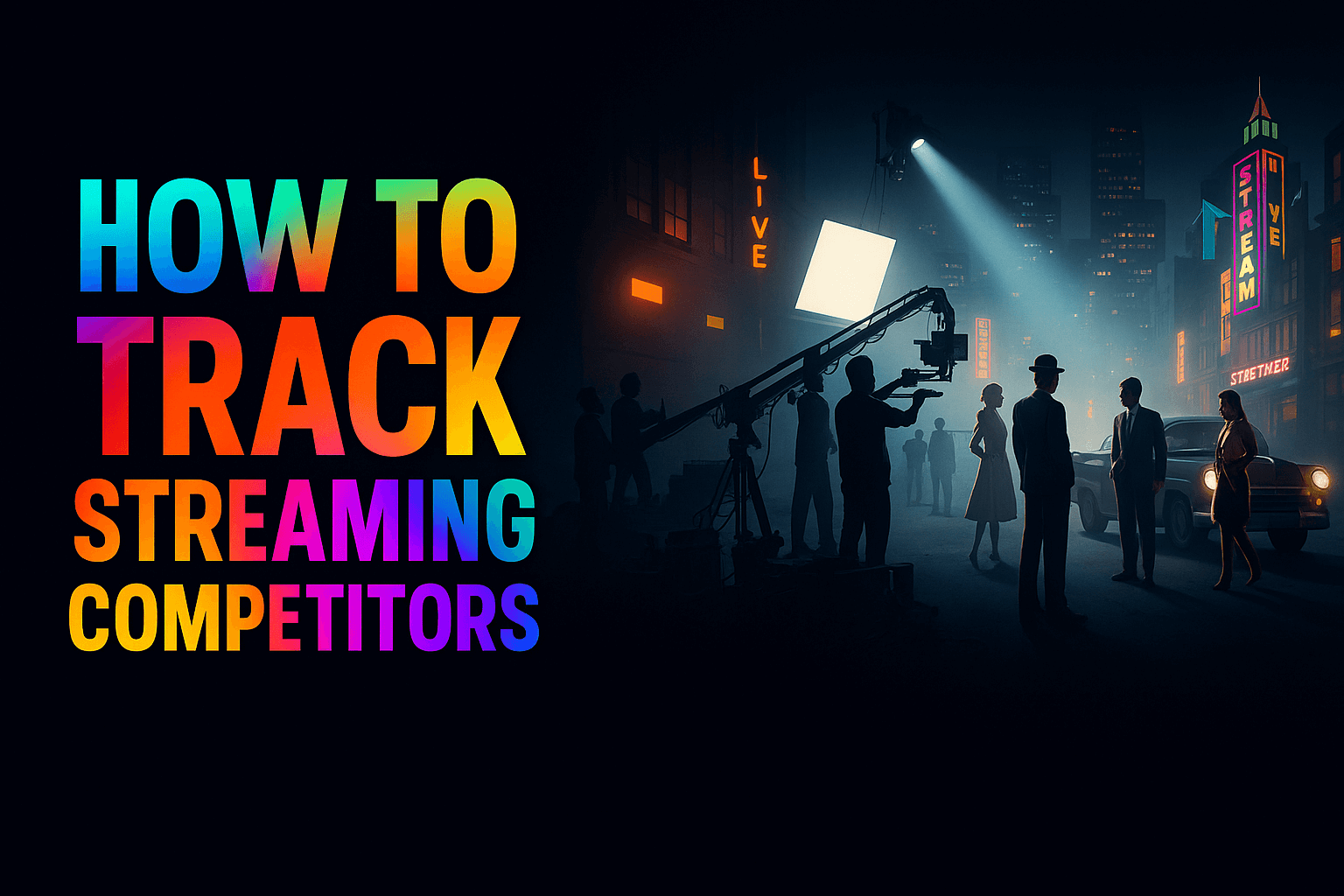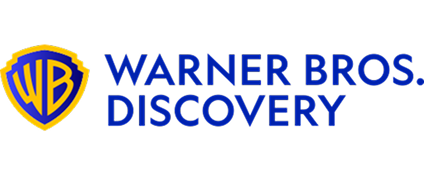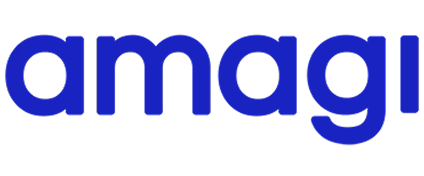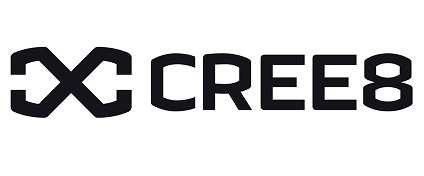The Executive’s Guide: How to Track Streaming Competitors’ Upcoming Projects

Introduction
In the competitive landscape of media and entertainment (M&E), an executive’s ability to act on intelligence is a function of its freshness.
The entire content acquisition and distribution ecosystem pivots on a single, high-stakes question: What is the competition working on, and how far along are they?
This is not a matter of waiting for press releases or greenlight announcements. Strategic decision-makers need real-time visibility into the projects their competitors are developing, financing, and staffing to anticipate market moves, identify co-production opportunities, and ensure their own pipeline remains competitive.
The complexity of the global M&E supply chain—a fragmented network of production houses, financiers, distributors, and vendors—makes securing this intelligence a formidable challenge.
This guide outlines the strategic imperative and the algorithmic approach to effectively track streaming competitors’ upcoming projects in real time, transforming a reactive process into a proactive source of competitive advantage.
Table of content
- The Critical Imperative for Real-Time Competitive Intelligence
- The Fragmented Reality of Traditional Project Tracking
- The Strategic Solution: A Supply-Chain Approach to Project Tracking
- Core Pillars of Real-Time Competitor Project Visibility
- How Vitrina Transforms Competitive Project Tracking
- Conclusion: Owning the Project Pipeline
- Frequently Asked Questions
Key Takeaways
| Core Challenge | Accessing verified, early-stage data on streaming competitors’ development and production projects before public announcements. |
| Strategic Solution | Implement a centralized, supply chain-focused intelligence system that maps projects across the entire M&E ecosystem in real time. |
| Vitrina’s Role | Vitrina provides the verified project tracking platform, mapping 400,000+ Film & TV projects across the development, production, and distribution stages, linked directly to companies and executives. |
The Critical Imperative for Real-Time Competitive Intelligence
For VPs of Content Acquisition, Strategy, and Distribution, visibility into the competitive film and TV project pipeline is a critical, high-value asset. It drives both tactical and strategic decisions.
Tactically, it determines which projects to pursue, which genres are becoming oversaturated, and which talent is being locked up. Strategically, it informs the multi-year content budget and partnership landscape.
The modern M&E industry is characterized by accelerated churn and a globalized production model. A single major streaming service can have dozens of projects simultaneously in development across multiple continents, leveraging third-party production companies, localization vendors, and co-financing partners.
Relying on dated news aggregators or trade publication announcements only provides a lag-time snapshot of what is already a fait accompli—the intelligence is no longer actionable.
According to a 2024 analysis by Omdia, the global content spend by major streamers continues to rise, but the volume of new original productions is forcing a greater reliance on external production partners and earlier-stage acquisitions.
This means the critical “early warning signals” on a competitor’s upcoming slate are not found by monitoring their corporate headquarters, but by tracking the network of vendors and creative personnel they engage with globally.
Without a mechanism to identify these early-stage project indicators—such as the attachment of a key showrunner, the commencement of location scouting, or the short-listing of VFX houses—an executive is constantly reacting to the market rather than shaping it.
The Fragmented Reality of Traditional Project Tracking
The conventional approach to M&E M&E competitive intelligence is fundamentally flawed for an executive audience that requires high-volume, verified data. The traditional model relies on a patchwork of high-friction, low-fidelity methods:
- Manual News Scrutiny: Relying on trade publications to announce projects. This is inherently late, as the project is already financed and announced.
- Conference Networking: Gathering intelligence from industry contacts. While valuable, this provides fragmented, anecdotal data that cannot be scaled or independently verified.
- Fragmented Databases: Using multiple, siloed databases—one for company contact details, one for released titles, and an internal spreadsheet for rumored projects. This creates a high risk of “bad data” and requires immense manual labor to cross-reference and update.
- CRM Overload: Attempting to force generic Customer Relationship Management (CRM) tools to function as project tracking software. These tools are not built to track the multi-stage, global lifecycle of a film or TV project, leading to data decay and misalignment.
The result is a visibility gap. The most critical competitive intelligence lies in the project lifecycle stage between development and pre-production, before the official greenlight.
Traditional methods offer zero visibility here, forcing executives to commit resources based on rumor or old data, a costly strategic error in a multi-billion dollar industry.
The Strategic Solution: A Supply-Chain Approach to Project Tracking
To effectively track streaming competitors’ upcoming projects in real time, a Content Acquisition or Strategy leader must adopt a supply chain visibility model. This methodology treats content production not as a series of isolated events, but as a dynamic, interconnected value chain: Idea → Development → Financing → Production → Post → Distribution.
The strategic advantage is gained by mapping the flow of verified, project-level metadata through this chain. The signal of an upcoming project is not the final announcement, but the early engagement with production vendors and key creative talent. This requires a dedicated platform capable of aggregating and cross-referencing millions of data points across the global M&E supply chain.
Vitrina’s core innovation is its ability to centralize this supply chain data. By indexing 400,000+ Film & TV projects and connecting them to 3M+ executive and crew contacts and 60,000+ companies, the platform generates the actionable intelligence executives require. It acts as the single source of truth for the project pipeline, automatically generating early warning signals based on production movement and vendor engagement, not just press.
For instance, when a competitor’s project moves from “Script Polishing” to “Location Scouting,” a dedicated M&E intelligence platform, like Vitrina, will register the hiring of a local fixer or the initial contact with a local location scouting services firm. This non-public, structural data is the true M&E competitive intelligence asset.
Core Pillars of Real-Time Competitor Project Visibility
Achieving a true real-time view of the competitive landscape is dependent on three interlocking pillars of a specialized project tracking system:
Project Stage Tracking and Early Warning Signals
The key to early intelligence is not just if a project exists, but where it is in the studio project development lifecycle. A generic database may list a project as “Announced,” but a sophisticated system must delineate the critical sub-stages.
Vitrina tracks projects across the entire development-to-release spectrum. This is crucial for early-stage project tracking because different competitors specialize in different stages.
For a Content Acquisition executive, a project in “Packaging & Financing” is an opportunity, whereas a project in “Principal Photography” is likely already closed.
The platform generates an early warning signal (an Alert) whenever a project status moves to one of the critical pre-production stages, giving the executive time to evaluate the opportunity or prepare a counter-strategy.
The system uses a proprietary methodology to track the unique metadata signals associated with project movement, from initial rights acquisition to final distribution partnerships.
Executive-Level Personnel and Company Mapping
Projects do not move themselves; executives and specialized companies move them. A critical flaw in manual tracking is the inability to link project movement to the verified decision-makers involved.
Vitrina maps the specific executive responsible for a project—the Head of Development, the Co-Production VP, or the Distributor lead—and links their profile to the project history and deal track record.
This capability allows an executive to perform content acquisition due diligence by answering, “Which VP at Streamer X has successfully managed this specific type of project before, and which vendors do they typically leverage?”
Furthermore, the intelligence system must track the complex, often non-obvious relationships between corporate entities.
Vitrina’s company profiling provides verified data on ownership, scale, and specialization for the 60,000+ companies in its database, a feature that is essential for uncovering a competitor’s hidden strategic partnerships. (For more on this topic, see our article on Media Supply Chain Mapping).
How Vitrina Transforms Competitive Project Tracking
Vitrina is purpose-built to eliminate the fragmented, high-friction intelligence model by providing the infrastructure to execute the supply-chain approach.
Traditional methods offer zero visibility into the development and early stages of a competitive slate, forcing reliance on late-breaking announcements. Vitrina solves this by acting as a real-time Film+TV Projects Tracker, mapping over 400,000+ projects across its 13 lifecycle stages (including Development, Packaging, and Post).
This algorithmic solution provides the critical insight to access early-stage project data, allowing executives to bid on or co-produce a project before it is widely known, shifting competitive strategy from reaction to pre-emption.
Furthermore, traditional systems suffer from an inability to find the verified decision-makers responsible for specific projects. Vitrina’s data set includes over 3M+ executive contacts who are linked directly to their project track record, current employer, and contact details.
This robust personnel mapping short-circuits the outreach and due diligence process by allowing executives to target the exact person responsible for the project under review.
Ultimately, the goal is to shift executive time from data aggregation to analysis. While conventional tracking methods waste resources cross-referencing fragmented data, Vitrina delivers centralized intelligence on projects, companies, and executives with daily updates, accessible via the web platform or API.
This centralization allows M&E leaders to focus strategic time on analysis and critical decision-making, rather than on manual data cleaning and consolidation. The platform’s strength is its unparalleled depth in connecting projects to the supply chain.
If a competitor streamer is ramping up their scripted drama slate in a specific region, Vitrina can immediately identify the local film production services they are talking to, the co-producers they have worked with previously, and the specific executives managing the regional budget.
This level of granular, verified project intelligence is impossible to replicate with generic business intelligence tools. (To explore the core service, you can learn more about the Vitrina Solutions).
Conclusion: Owning the Project Pipeline
The shift in the M&E industry’s competitive dynamic is profound. The speed, scale, and geographic complexity of content production have rendered traditional how to track streaming competitors’ upcoming projects in real time methods obsolete. Simply tracking released content or final greenlights is a strategic failure.
An executive’s success today requires total, pre-emptive visibility into the competitive project pipeline, from the moment a showrunner is attached to the moment a VFX house is short-listed.
This is only achievable through a centralized, domain-specific intelligence platform built on supply chain data, an anti-hallucination protocol, and real-time alerts.
I recommend that Content Acquisition and Strategy leaders implement a platform like Vitrina not as a simple project tracker, but as the foundational layer of their M&E competitive intelligence strategy to secure their pipeline and pre-empt competitor moves.
Frequently Asked Questions
The key is to track projects by their metadata signals in the pre-production supply chain, not by public announcements. A sophisticated M&E intelligence platform tracks non-public events like executive-level personnel attachments, co-financing deals, and production vendor short-lists (e.g., post-production or localization), which occur long before a press release is issued.
The biggest challenge is data fragmentation and verification. Projects often use different local titles, production company names, or executives across regions, making it difficult to link them to a single, verifiable project entity. This creates “data decay” and an inability to cross-reference a competitor’s global strategic intent based on their diverse production activity.
A competitor’s strategy is revealed by the aggregate data of their pipeline. By analyzing the volume of projects in “Development” versus “Pre-Production,” the preferred genres, the most frequently used co-producers, and the geographical spread of their activity, you can quantify their strategic intent (e.g., a focus on European factual content or a pivot to high-budget sci-fi).
The most critical stages for content acquisition are Development and Packaging & Financing. This is when a project is still being pieced together and is available for pre-buy, co-financing, or distribution partnership. Once a project moves into Principal Photography, the acquisition window is usually closed.















































